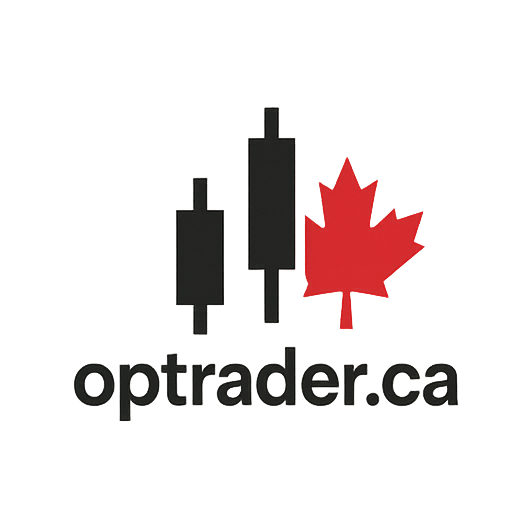ROO% vs Adjusted ROO% – Understanding Covered Call Metrics
ROO% vs Adjusted ROO%?
When browsing Canadian covered call opportunities, two common metrics appear on platforms like Optrader.ca: ROO% and Adjusted ROO%. But what exactly do they mean — and why does it matter?
What Is ROO%?
ROO stands for Return on Option. This percentage represents the potential profit earned from selling a call option, based on:
- Premium collected
- Strike price
- Underlying stock price
- Time to expiration
For example, if you earn $1.00 on a $25 stock for a 30-day contract, that’s a 4% ROO before any adjustments.
What Is Adjusted ROO%?
Adjusted ROO% takes the ROO metric further by factoring in:
- Annualization of the return (e.g., if held monthly vs. weekly)
- Likelihood of assignment (in-the-money risk)
- Taxes, bid/ask spreads, or earnings risk filters (depending on tool)
This makes Adjusted ROO a more realistic risk-adjusted estimate — not just a raw premium yield.
Which Should I Use?
For beginners, start with ROO% to compare pure yield potential. But before executing a trade, consider Adjusted ROO% to see if the return is still attractive after time decay, earnings dates, and risk.
Optrader.ca Shows Both
On Optrader.ca’s screener, we highlight both ROO% and Adjusted ROO% to give you a complete picture of your trade. Use ROO% to spot high-yield candidates — and Adjusted ROO% to find sustainable ones.
Conclusion
Understanding the difference between ROO% and Adjusted ROO% helps you avoid overestimating your option income. With the right tools, you can make smarter, more consistent decisions.
